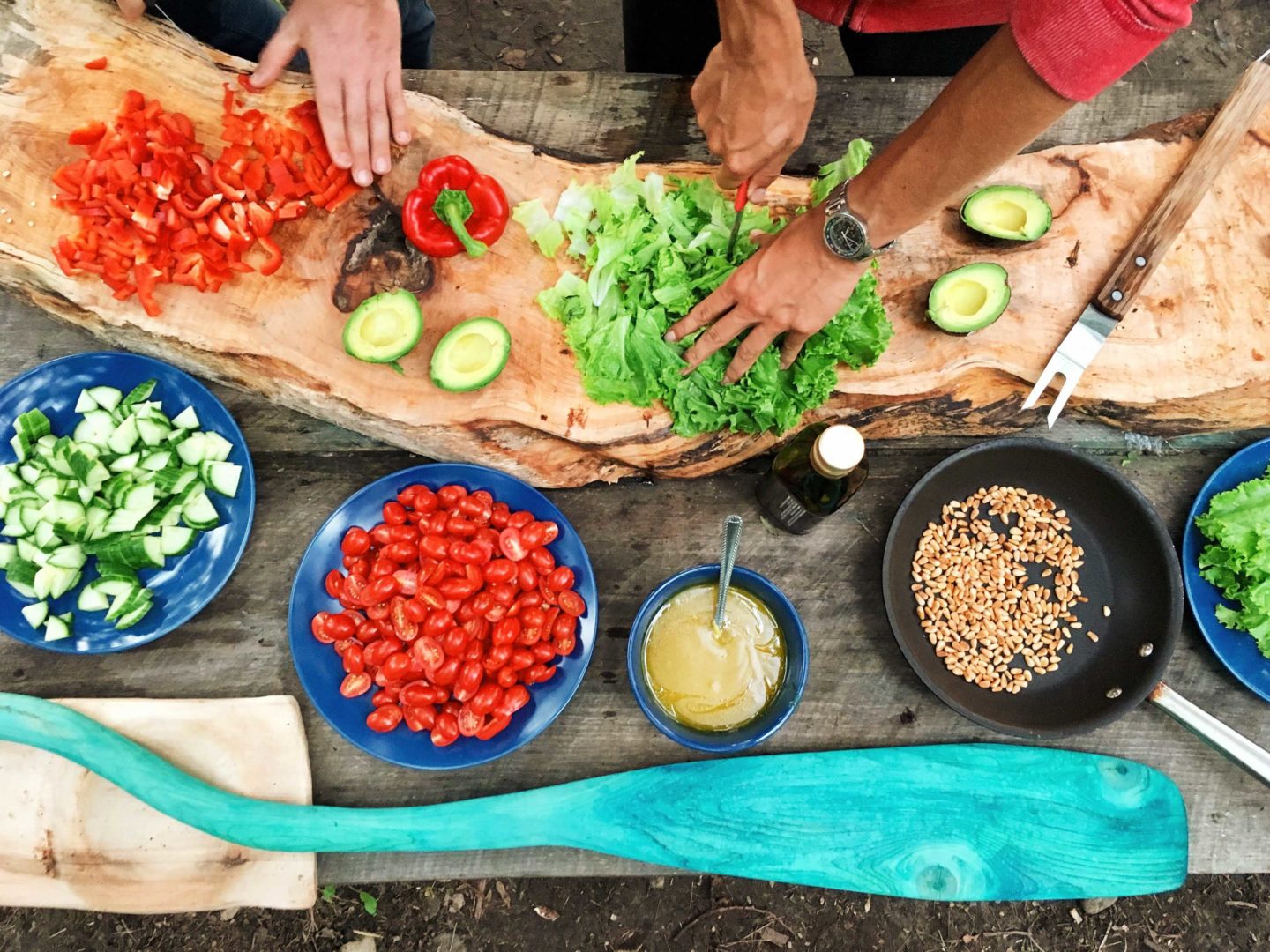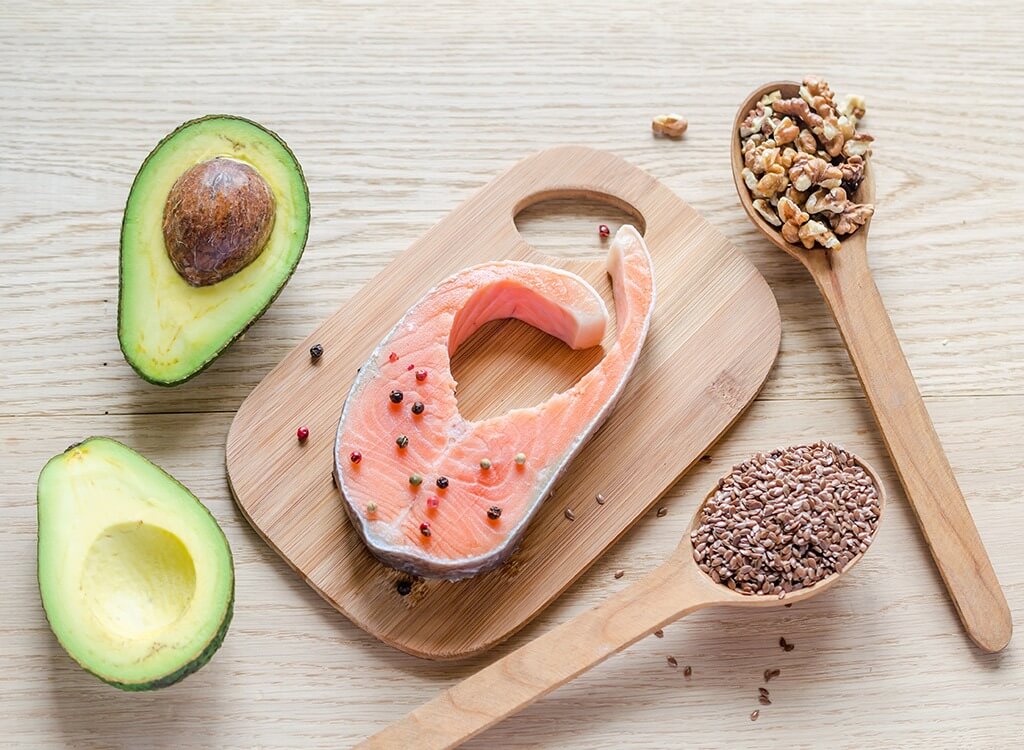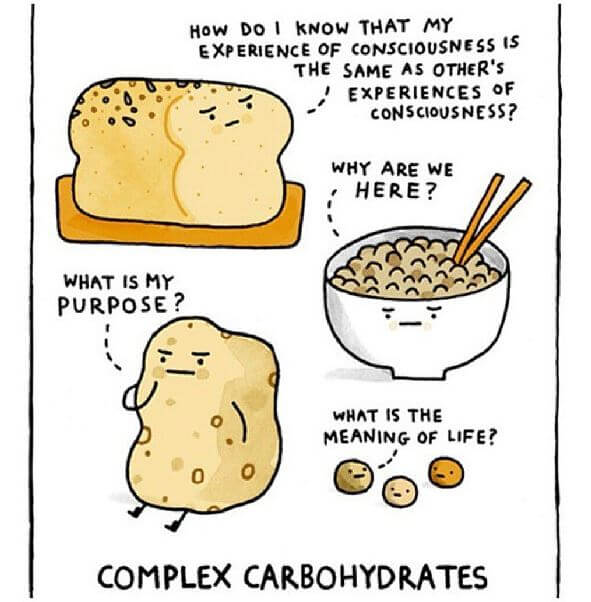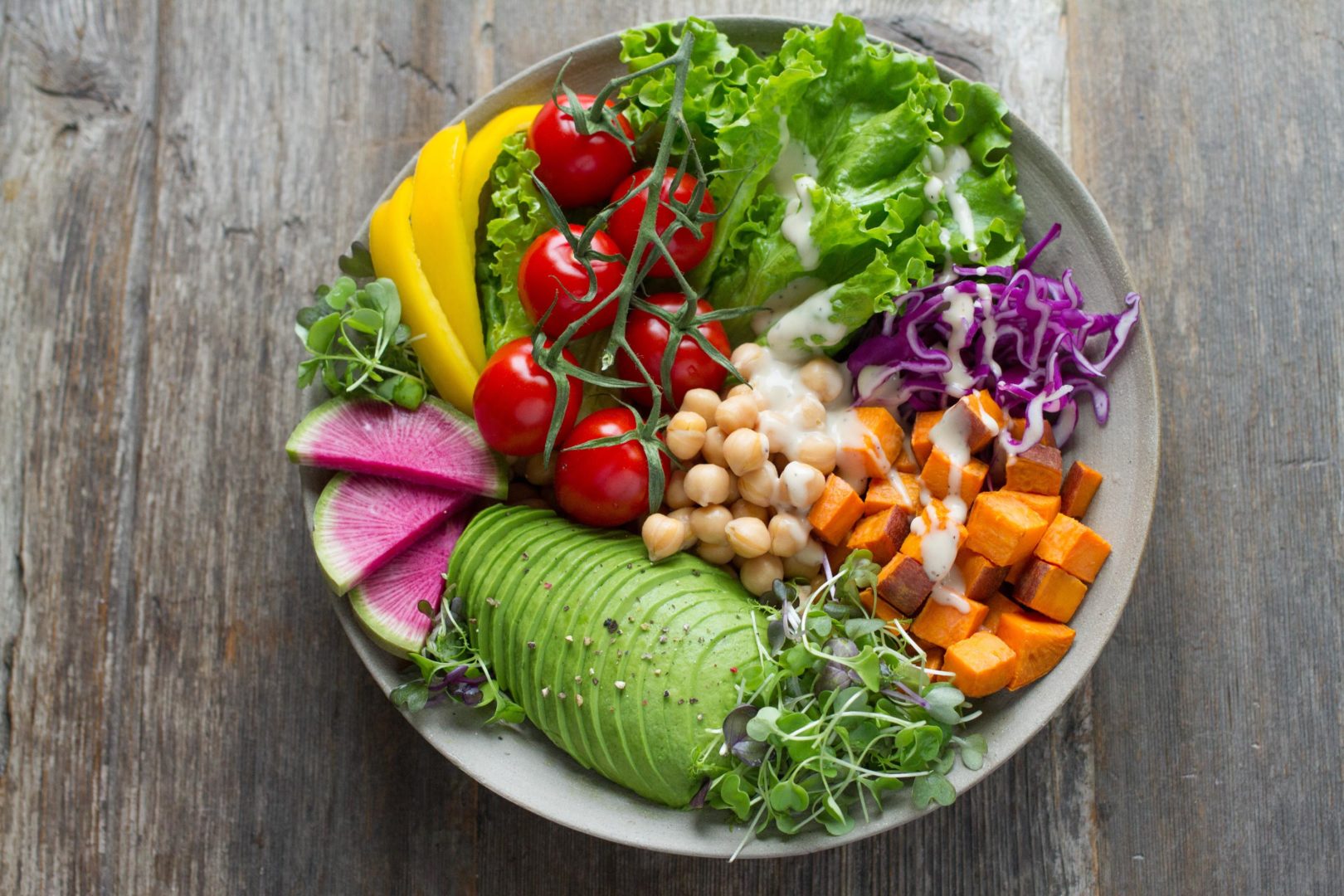
In last week’s IRON Blog, we introduced Part 1 of our four part series that discusses the ESSENTIAL components that are NEEDED to Get Results in a Fat Loss Program.
Yes, you do hear quite a bit about fat loss programs, and maybe you’re really tired of it. In fact, we are too! The reason they are so abundant is because obesity, body image issues, and health issues related to excess fat has become such a huge problem. But even more, the number of (pardon our french) B.S. fat loss programs out there is ASTOUNDING. Big promises with a lack of tools to actually get those results. We’re changing that, and in part by giving you the education you need to understand what is or is not a good program to embark on.
Component #1 was Exercise.
Component #2: Nutrition
This is arguably the most important factor in a fat loss program because it tends to have the greatest overall impact in the amount of fat lost. Of course, all four components are factors, but nutrition probably owns the largest real estate in the world of fat loss.
Almost ironically, nutrition also happens to be the most difficult component for people to tackle. Food is a big part of our lives, not just as a necessity, but as part of how we interact socially. Think about how often food is involved in something that isn’t actually based on food: weddings, birthday parties, business meetings, time spent with friends, vacations, and the list goes on and on! None of these events are happening BECAUSE of the food, but food is a big deal in all of these occurrences. In addition, as we’ve evolved, we’ve learned how to make some really tasty stuff! Food is as accessible as it’s ever been (UberEATS anyone? just order whatever I want from my cell phone and have it delivered to me in 30 minutes? Talk about convenience!) and the options are other-worldly. You get the point.
It makes it THAT MUCH MORE difficult for us to stick to eating healthy.
Not all healthy food is boring nor is it not tasty (a lot of it is great!), but let’s be real: pizza and donuts are incredible.
So how do we tackle the component that is:
a) the most impactful
b) the hardest to stick with
There are a number of strategies for this, and tackling each and every one would be near-impossible to do in a blog post, however, we are going to illustrate the main pieces that need to be incorporated in a nutrition plan geared for fat-loss.
CREATING AN ENERGY DEFICIT
The biggest key in a nutrition plan that WORKS in a fat loss program is done by creating an energy deficit.
This is done by figuring out the number of calories your body requires to maintain it’s current weight, subtracting from there (usually 250-1000 depending on how much you have to lose and how aggressive you’re going to be), and setting your daily targets based on the number you came up with. For example, if your body requires 2,000 calories to maintain your current bodyweight, you might start with a 500 calorie deficit, giving you a 1,500 calorie daily target.
You might ask, “well why don’t I just cut even MORE calories so I can lose faster?”.
Great question, I’m glad you asked. There are a few factors that come into play here (some are medical dangers), but I’m only going to highlight on the body composition issues that can arise from cutting your calories too drastically and losing weight too quickly. If you’re very overweight and have a lot of fat to lose, this is less dangerous (although there is still a cut-off you wouldn’t want to dip beneath) since your body will likely be shedding just fat tissue initially. If you only have 15-20lbs to lose, however, this can be an issue very quickly. A caloric deficit does NOT equal fat loss, rather it equals WEIGHT loss. This weight could come from muscle tissue, water, or muscle. The leaner you are, the higher the odds of you losing a combination of fat and muscle becomes. Typically, the leaner you are, the better it is to have a slower rate of fat loss in order to preserve as much lean muscle tissue as possible. With higher amounts of body fat to lose, you can go at a slightly higher rate and not be at as high of a risk to lose lean muscle tissue.
In addition, if your calories are cut too drastically, you could experience having very low energy, heavy mood swings, foggy brain, greater susceptibility to disordered eating (such as binge-eating), and some serious health issues can arise over time.
For this reason, we always recommend the minimum effective dose. This is what allows you to make progress with as little intervention as possible, allowing you to adjust over time without having harmful effects.
PROPER MACRONUTRIENT BREAKDOWN
While a caloric deficit is definitely the “king” of igniting weight loss, we mentioned that the goal is to preserve as much lean muscle tissue as possible as you lose the fat tissue. We mentioned that part of this is in your exercise program (component #1), but another way to help with this is by consuming adequate protein.
Most people (especially women) do NOT consume enough quality protein on a daily basis.
If you think of your muscles as their own “bodies”, their “food” would be protein. This is why you may have heard someone drinking a protein shake after a workout and talking about the need to “feed the muscles”. In addition to getting enough protein during the day, you’ll also need to get ample amounts of carbohydrates and fats. Carbohydrates are the easiest/most efficient macronutrient for your body to use to get energy. This not only fuels your workouts, but allows you to have the energy to take care of your daily responsibilities, think clearly, and it has been shown to affect your mood. (There are actual studies on this, but if you’ve ever talked to a carb-depleted bodybuilder just a few days before their show, you’ve definitely experienced these moods and don’t need to see the research to prove it!) Fats got a bad rap back in the day and almost every product started becoming low-fat or fat-free for close to a decade.
We’ve since learned that this is not ideal, and fats actually play a big role in several important bodily functions, INCLUDING: fat loss.
Yes, you NEED fat to lose fat. There are different types of fats (some are healthier than others), but it is not something to fear. (We will likely do an entire post dedicated to Dietary fat in the near future to discuss the different types as well as WHY it can be such a “taboo” macronutrient – hint: portion sizes). In conclusion, a balanced ration of Proteins, Carbohydrates, and Fats is essential in any good nutrition program. A good place to start is 30-40-30, with your daily calories coming from 30% protein, 40% carbohydrates, and 30% fat.

INCORPORATING SATIATING FOODS
It’s likely that you’ve seen any one of the following “diets” floating around the internet: IIFYM (If It Fits Your Macros), Flexible Eating, Flexible Dieting, etc. If you haven’t, the premise of these diets is that you can eat ANYTHING you want, assuming you hit a certain amount of proteins, carbohydrates, and fats each day (like we mentioned above). Oftentimes these dieting tactics are shown with photos of people eating pizza, pop tarts, ice cream, cookies, and other foods that are generally considered “unhealthy”. This way of eating actually does work, but it’s not quite as glamorous as it seems. If we didn’t have to deal with that whole “hunger” thing, this might be fine. But if you ate mostly junk food and did hit your macronutrient targets each day, you’d likely be STARVING all day, every day and you wouldn’t stick to it for very long.
This is because foods have a satiety factor, meaning some foods make you and keep you more full than others.
Foods like pizza and ice cream are considered calorically dense. This means that a small volume of these foods will yield a high number of calories. Conversely, foods like potatoes, vegetables, and fruit are considered to be high volume foods, meaning that you can have a much bigger portion of them without consuming a high number of calories. Because of this, choosing foods with a high satiety factor is extremely important when dieting. Lean meats (fish, chicken, turkey, lean red meats), eggs, low-fat dairy, complex carbohydrates (potatoes, rice, vegetables, oatmeal, grains, beans), and healthy fats (avocado, cheese, butter, coconut oil) will be MUCH better choices for a fat loss nutrition program.
Since your body is in a deficit and you will experience SOME hunger, doing your best to eat foods that have a higher satiety rating will keep your hunger at bay as much as possible.
This isn’t to say that you shouldn’t fit SOME treats into your diet, as adherence to a plan is what makes or breaks it. Incorporating small treats often (as opposed to engaging in “cheat days” or “cheat meals”) has shown to keep people at a higher adherence to their nutrition program. Some options might be dark chocolate, a small portion of frozen yogurt, or another small sweet-treat that you enjoy.

HAVING A PLAN
This is HUGE. Not many people have been successful losing fat by using the “i’ll just eat healthier” strategy. Eating healthy is definitely a good start, but in order to effect true fat loss, having a plan is key. What your plan looks like may be slightly different, depending on your food preferences and lifestyle, but having a plan is a non-negotiable.
MEAL TIMING
While meal-timing is critical for high-level athletes, it is less important (but still a usable tactic) for the general population. For us small-time people (not Olympic athletes), meal-timing is best used as a strategy to overcome hunger and ensure that you’re eating frequently enough to consume ample protein throughout the day.
For example, if you know that you’re not very hungry in the morning but get really hungry mid-afternoon, you might have a lighter breakfast and plan to eat a bigger meal in the afternoon.
In addition, meal-timing is important for your pre-exercise and post-exercise food consumption. This, again, is based on preference. If you know you need food in your system before a workout, you’ll want to eat a good meal 1.5-3 hours before your workout. If you don’t do well with a lot of food before a workout, you might just have something small (like a 1/2 banana) about an hour before your workout. Protein and carbohydrates are usually best for pre-exercise foods, since fats are slower to digest and tend to hang out in your stomach for longer than you’d like. For post-exercise consumption, you’ll want to have a combination of protein and carbohydrates as well, since fat will once again slow down digestion, meaning protein will not get to replenishing your muscles quite as quickly. This is something you may need to play with until you figure out what works best for you.

OVERALL ENJOYMENT AND SUSTAINABILITY
I know we said that proper macronutrient breakdown was the “King” of all of these points, but this is only true if you’re able to adhere to your nutrition plan. The level of enjoyment of your nutrition program will determine how sustainable your program is which will be the biggest driver of your adherence to the program. Without adherence, your nutrition program will NOT work. Doing everything you can to ensure adherence will be the ultimate winner of your fat-loss driven nutrition program.
SUMMARY
The nutrition component may seem complicated, but with guidance and practice, it can and will become second nature. The more you practice good habits and experiment with what works best for you, the quicker you’ll be able to hit and stay in your groove. You’ll be well on your way to fat-loss in no time. Having help from a fitness professional(especially in the beginning) will increase your likelihood of success and will absolutely take the guess-work out for you. You’ll still learn so you can do it on your own (which is the ultimate goal), but you won’t be second-guessing yourself and fumbling around (wasting time) in the meantime.
Stay tuned for Component #3….

